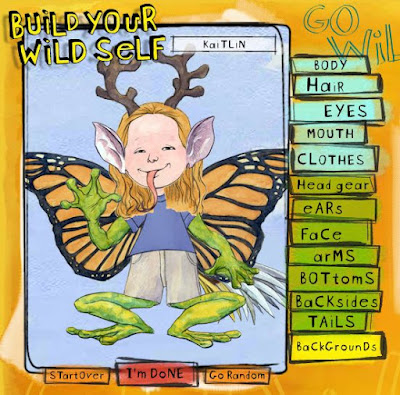I grew up in northern Ohio and I've been to Antarctica so I KNOW SNOW!
Start with a winter scavenger hunt. Go outdoors and try to find one item for each category listed below. No fair using the same item for more than one category. This is great fun for groups to compete.
 |
You might find maple seeds like these.
Try to find: |
Something older than you are
Something younger than you are
A seed
Something rough
Something smooth
Something that will change in the spring
A bird feather
Try keeping a record of each new snowfall for the rest of the winter. Which months had the wettest snow? If you keep your tracking going, find out how one year's snowfalls compare to another.
By the way, I spent one winter at McMurdo Station in Antarctica. That winter the temperatures averaged -50F to -70F and dropped as low as -129F.
 |
Treat The Birds
You can get a good look at birds that spend the winter in your neighborhood, if you invite them to dinner. An easy treat to make is a peanut butter pinecone. Loop a string around the top of a pine cone and tie a knot. Next, smear peanut butter on the cone and roll the cone in birdseed. Then have an adult partner hang the pinecone where birds will be able to perch and eat.
Now, keep watch. Use bird books and search on-line to help you identify the birds visiting your bird diner. Also, answer these questions:
1. What time of day do the birds come to eat?
2. Do the birds come more on stormy or sunny days?
3. Do the birds take turns and feed one at a time? Or do they compete to eat?
4. Which birds usually chase other birds away?
Create a colorful bar graph to share the data you collect about your dinner guests.
Remember, to replace your pinecone with a fresh treat from time-to-time to keep the dinners coming back for more.
And when you're ready to warm up inside, curl up with one of my newest books.
And when you're ready to warm up inside, curl up with one of my newest books.
Mystery-Adventure Middle Grade Novel
COMING SOON!
STILL FUN!
Do you know what this is?
It's a photo taken in the Antarctic of a cup of hot tea tossed into the air. The liquid was boiling hot but instantly froze into tiny crystals.





















